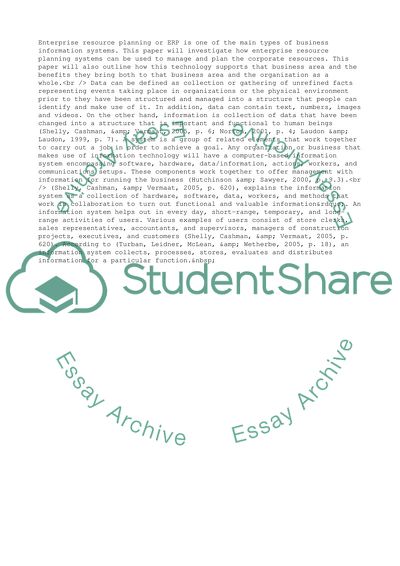Cite this document
(Use of Enterprise Resource Planning Systems Research Paper, n.d.)
Use of Enterprise Resource Planning Systems Research Paper. Retrieved from https://studentshare.org/business/1561089-information-system-in-business
Use of Enterprise Resource Planning Systems Research Paper. Retrieved from https://studentshare.org/business/1561089-information-system-in-business
(Use of Enterprise Resource Planning Systems Research Paper)
Use of Enterprise Resource Planning Systems Research Paper. https://studentshare.org/business/1561089-information-system-in-business.
Use of Enterprise Resource Planning Systems Research Paper. https://studentshare.org/business/1561089-information-system-in-business.
“Use of Enterprise Resource Planning Systems Research Paper”. https://studentshare.org/business/1561089-information-system-in-business.


